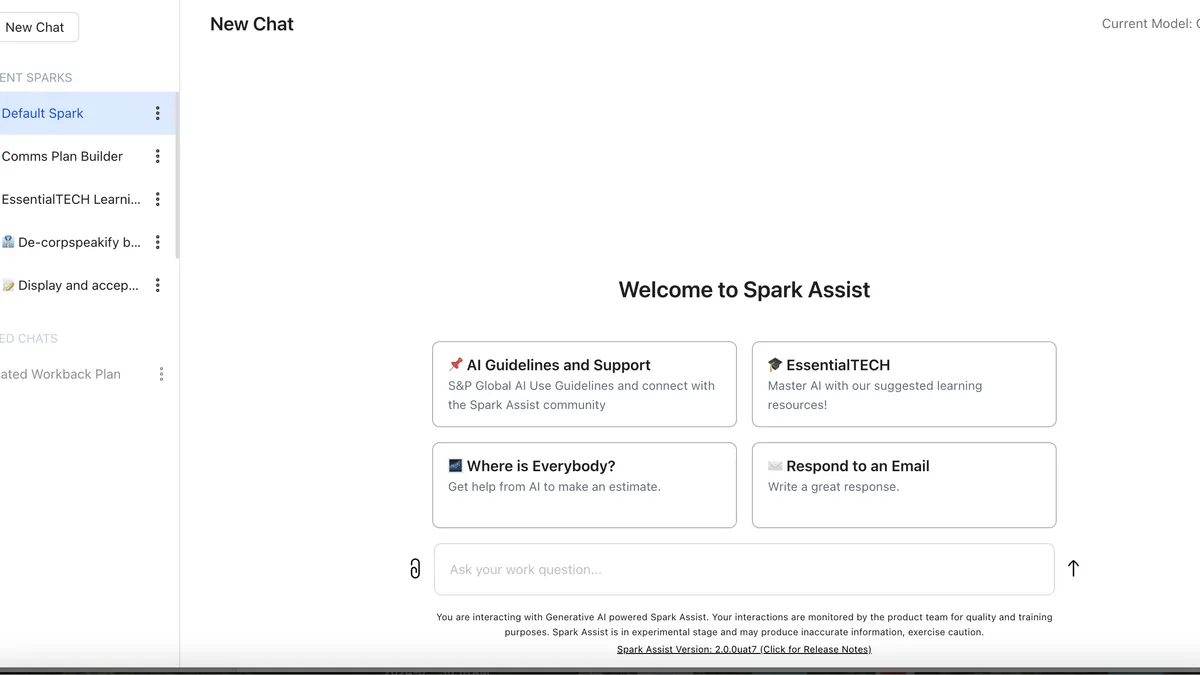Enterprise focus on AI has been unrelenting, but leaders are finding it challenging to meet their goals when skill gaps stand in the way.
While S&P Global has shaped an “all-encompassing” AI strategy to adopt the technology at scale, execution depends on building the right foundation of skills, according to S&P Global Chief AI Officer Bhavesh Dayalji.
“We need to make sure our people are ready to execute,” Dayalji told CIO Dive.
In September, the financial data company kicked off an upskilling sprint for its 35,000-member workforce, including its top executives. In collaboration with Accenture, teams carefully crafted an AI curriculum tailored to the level of expertise required for specific roles.
Around 200 of the company’s top leaders are participating in a hybrid learning program focused on generative AI’s potential business impact and the basics of the technology.
“We felt like we needed to do a bottom-up approach for everybody, but we felt like we also needed to have this top-down support and sponsorship,” Dayalji said. “With that combination, we can begin to get everybody up to the level that we need to.”
S&P Global is one of numerous enterprises implementing skill-building initiatives to accelerate AI integration and adoption. More than one-third of C-suite leaders identified AI, alongside cybersecurity, as a top area for investment in training, according to a Skillsoft survey published in June.
But closing the gaps in AI training is a complex task.
Enterprises are experiencing a lack of clarity that leads to shaping plans without a full understanding of existing skills, which can lead to a proliferation of busy work and exacerbate ethical and security-related problems. Only 23% of employees feel they have all the needed skills and know-how to use AI effectively, according to a Slingshot report published in August.
Failing to address critical skill gaps can add undue pressure on existing staff and put goals out of reach.
Dayalji said that while S&P still has work ahead of it, the company has been able to avoid missteps so far by leaning into shared accountability, third-party partnerships and its culture of knowledge-sharing.
“We don’t assume that we’re just going to go and do this AI thing all by ourselves,” Dayalji said. “AI is going to touch almost everything that we do here at S&P Global, so it has to be all-encompassing, from redefining the value of our data assets to revolutionizing our customer experiences and for our people.”
Breaking down the strategy
As a company that provides data and market insights to a broad global customer base, S&P has a track record when it comes to AI initiatives.
Dayalji joined S&P Global after the company acquired AI startup Kensho Technologies in 2018. In addition to his chief AI officer position, Dayalji also serves as CEO of Kensho, which acts as an innovation hub for its parent company.
“When our CEO of S&P Global decided that we needed a chief AI officer, it made sense for it to be the CEO of Kensho as well,” Dayalji said.
Appointing AI chiefs serves as a signal to markets and internal employees that there is a sustained focus on AI. However, governance also comes in other forms.
The company created an AI council made up of around 15 business and technology representatives to explore responsible practices and use cases. There’s also an internal organization called EssentialTech, a team helping create custom learning programs.
“We had a standing start, if you will,” Dayalji said. “But we needed help to scale and wanted to bring in outside perspectives.”
In August, S&P Global tapped Accenture to assist in leveraging the professional services firm’s LearnVantage platform to bolster the upskilling initiative.
“We’re making it specific to the industries in which we operate and also making it relevant for the tools that our folks have access to,” Dayalji said.
Training courses cover a variety of topics, including tips on using Spark Assist and Spark Air, S&P Global’s in-house generative AI tools. Employees are already using the tools for research, coding and sentiment analysis.
Once employees complete a course, they receive a certificate and a badge, which is tied to internal profiles and can be shared on LinkedIn and other social channels.
“They post that and feel proud,” Dayalji said.













